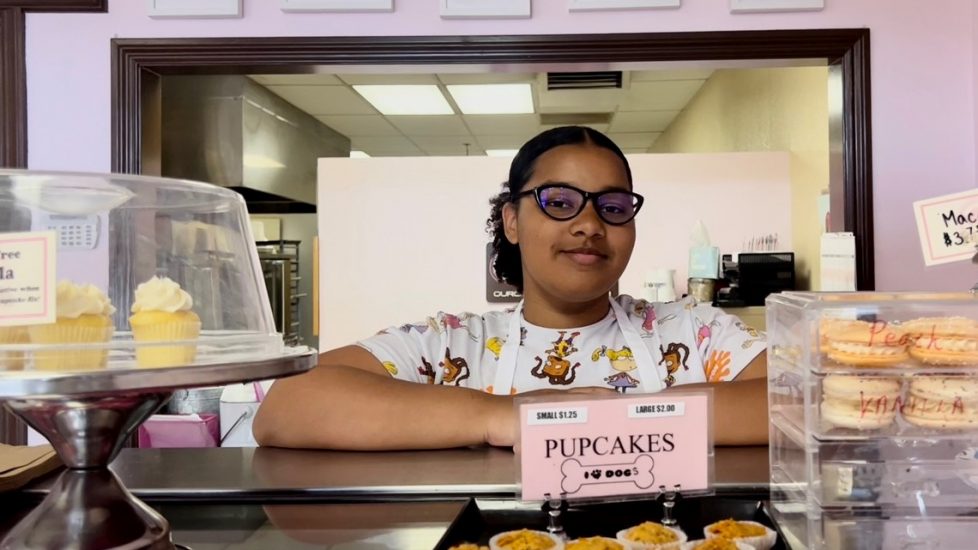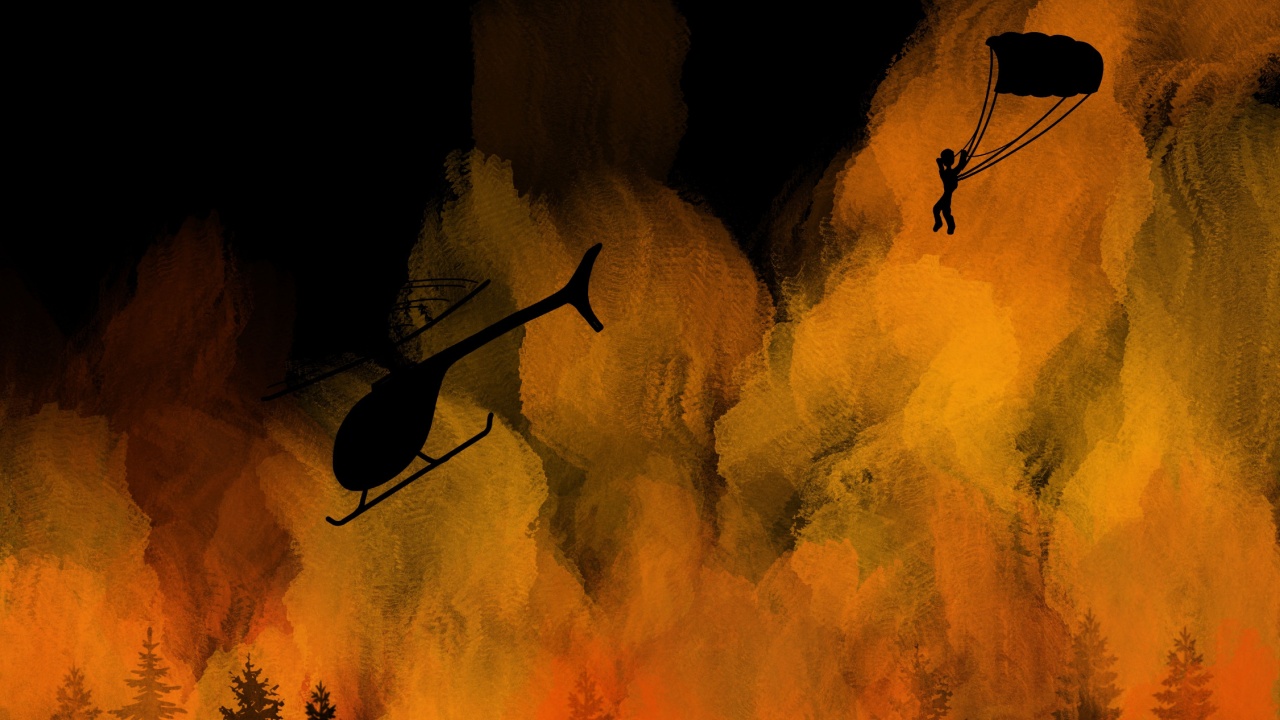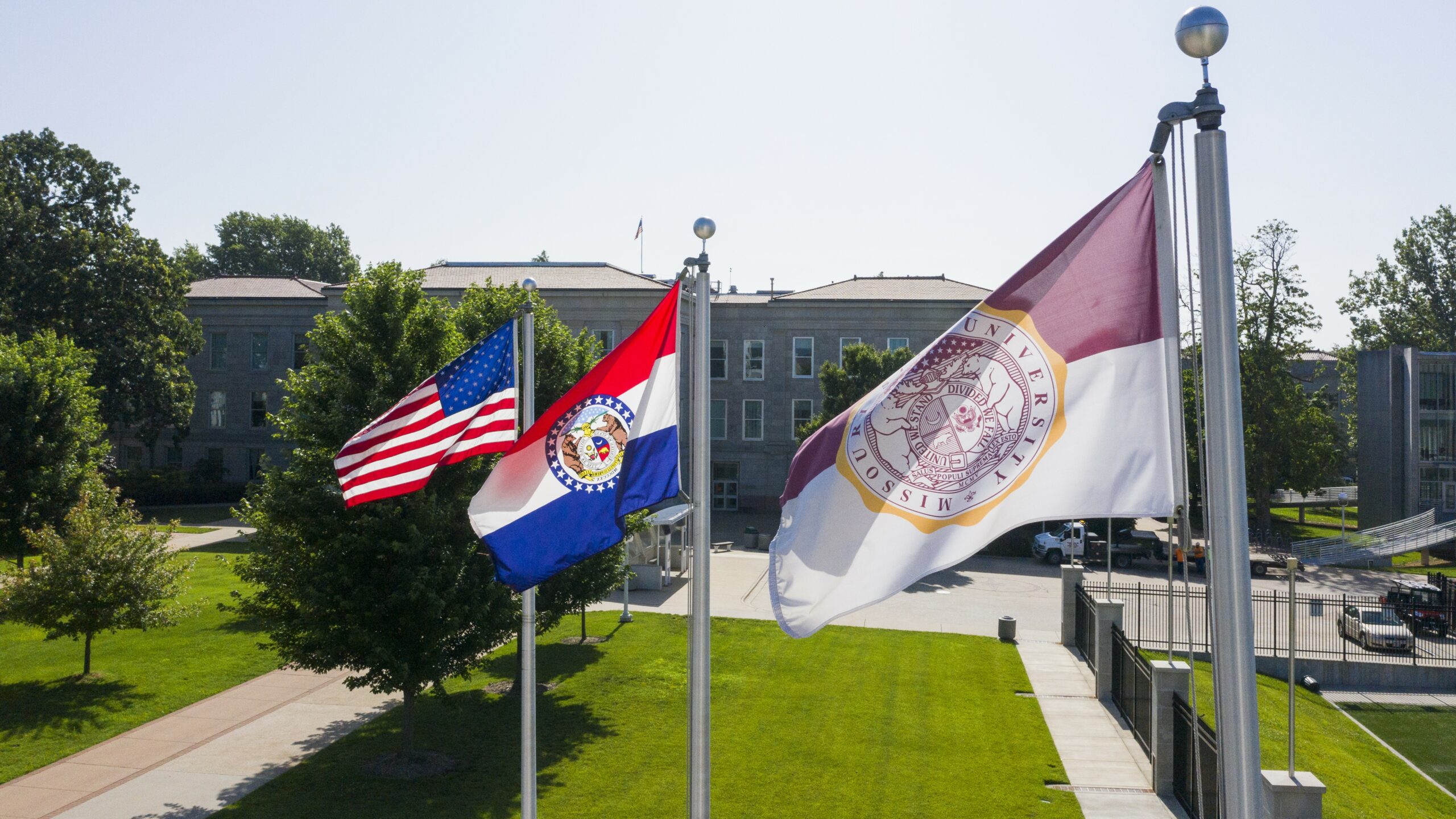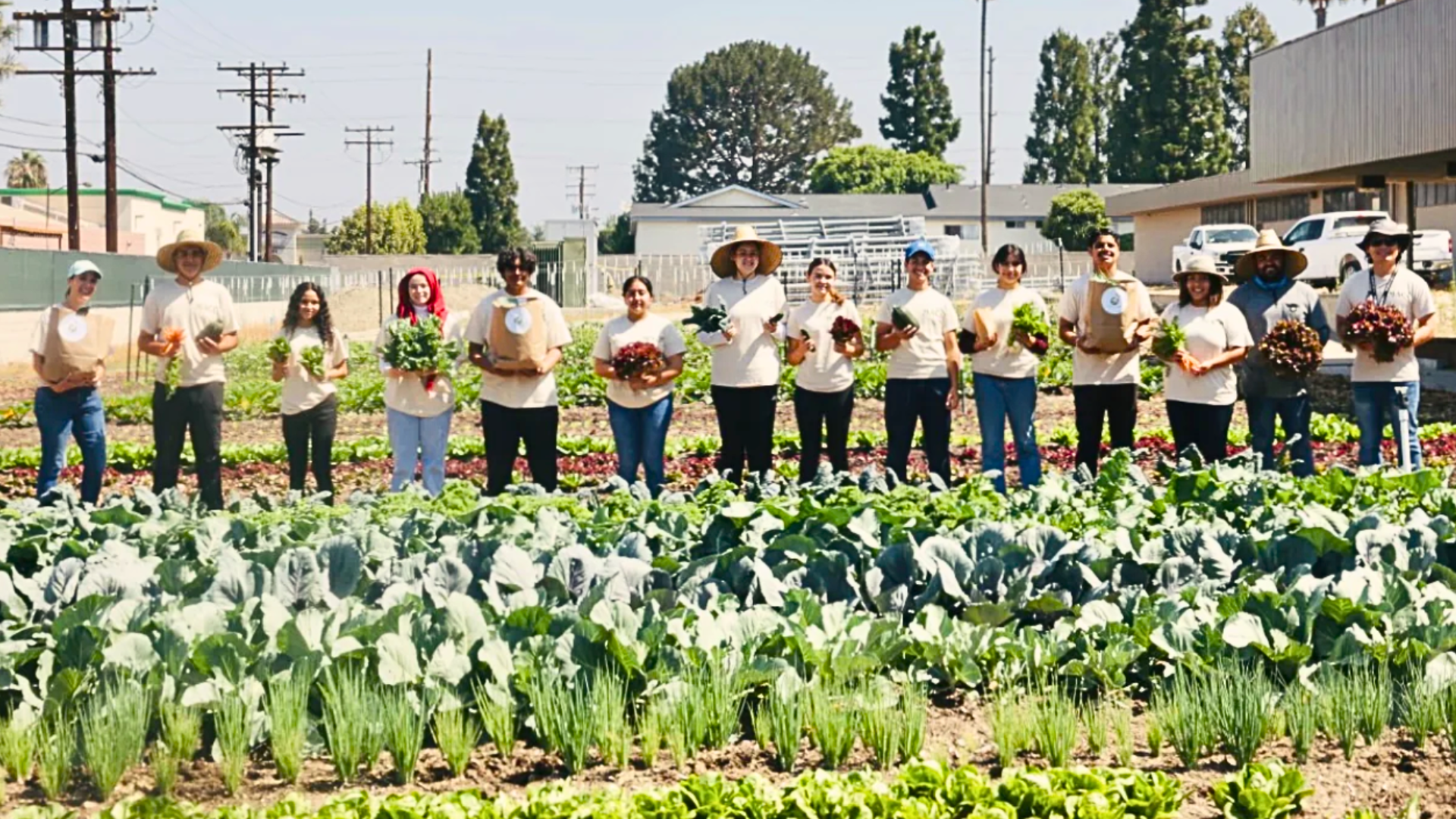The Cajon Valley Union School District (CVUSD) in El Cajon, California prides itself on its focus on each student’s individuality, finding their “unique strengths, interests, and values.” The district’s mission is to offer personalized K-12 education, with programs that develop students into “Happy Kids, Engaged in Healthy Relationships, on a Path to Gainful Employment.”
CVUSD is wasting no time preparing its students for the workforce. Starting in kindergarten, kids are introduced to careers through the district’s World of Work curriculum, which exposes students to at least six potential careers each year.
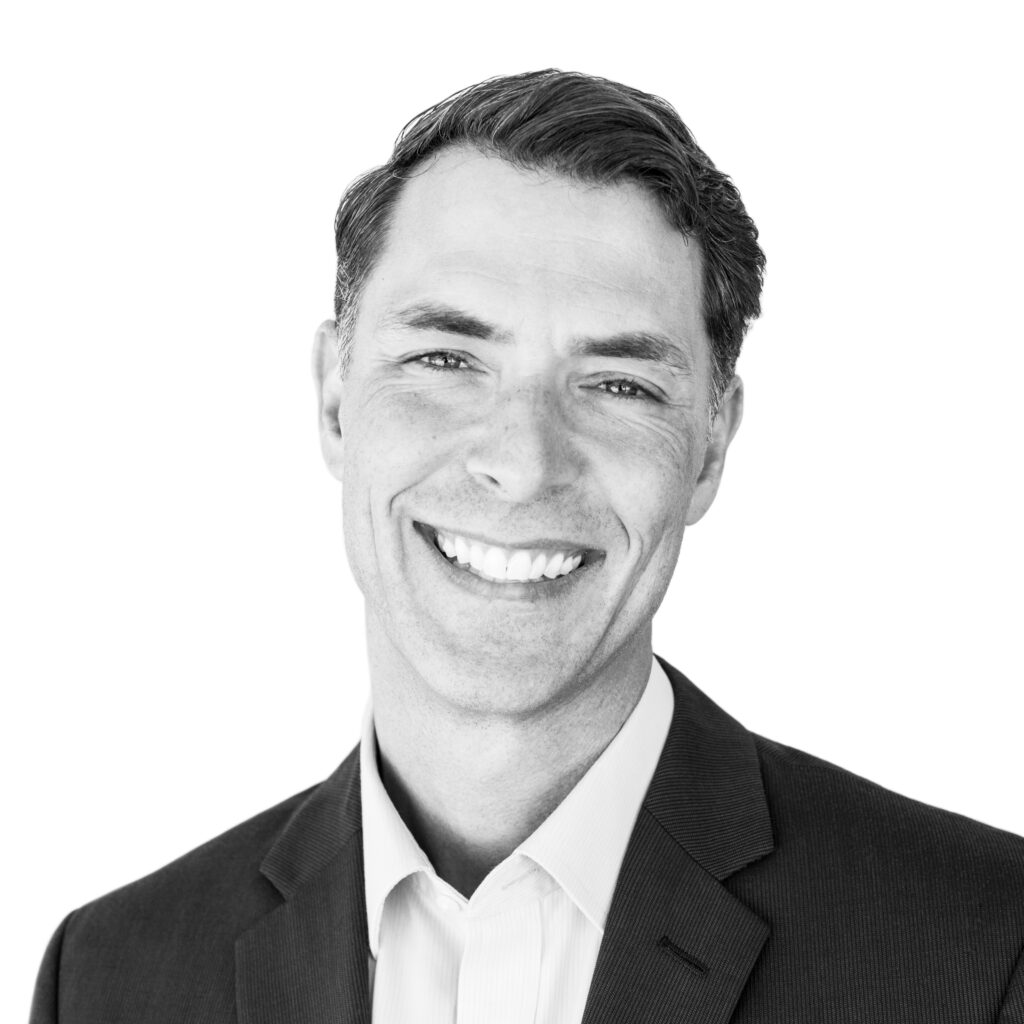
Ed Hidalgo, the district’s chief innovation and engagement officer, says it’s important to introduce children to career exploration early since they begin forming impressions as they come into contact with people working in their communities.
“They say things like, ‘That’s a boy job or that’s a girl job.’ They might say something like, ‘That’s not for me. That’s for someone who’s smart’,” explains Hidalgo, noting research indicates children start ruling out occupations in their first years of school.
“The opportunity for us is to really inform young people that there is dignity in all work, that all work matters,” he adds. “When we start thinking the people in the work matter – they have unique strengths, interests, and values in the world – then students begin to see work and the people in those roles a little differently.”
To help students better understand the types of jobs they may want to explore, the district uses an assessment tool called RIASEC, an acronym representing six characteristics to help understand career personalities – Realistic, Investigative, Artistic, Social, Enterprising, and Conventional.
Students are given an assessment in elementary school and continually update their profiles through high school. Besides learning about their own characteristics, students learn to identify those characteristics in others as RIASEC is woven into the curriculum.
“A third-grade classroom is reading about Charlotte’s Web and the students will be able to say that Wilbur is enterprising,” explains Hidalgo, “because he negotiated with the farmer in order to save the egg sack in order to save Charlotte.”
Using a Common Language
“Sometimes people will be critical and say, ‘They’re choosing their career in fifth grade.’ It’s not about that at all,” says Richard Coleman, a fifth-grade teacher at Chase Avenue Elementary.
He says the career characteristics used in RIASEC help students see more of a purpose to school.
“It’s a common language they can all identify with and they can use that common language, the RIASEC part of it, and apply it to anything,” he explains.
“It’s teaching them to critically think and communicate as a goal which, for me, is the biggest thing.”
Richard Coleman Makes Career Development Relevant
At Chase Elementary, Richard Coleman is working with his 3rd grade class as they design their world of work Google Site web pages. Their designs reflect the …
‘Leave to Learn’ in High School
High school students enter a new phase by entering the world of work. “The goal is to leave to learn, to be able to learn somewhere else,” explains Julia Cruz-Fallica, the district’s World of Work coordinator.
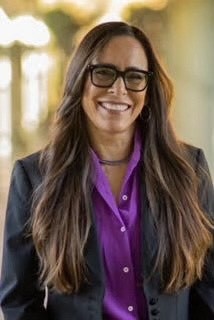
Bostonia Global High School, which opened in 2021, expects to start the new school year with 300 students. Cruz-Fallica says, in the school’s inaugural year, students participated in roughly 80 mentorships at local businesses and at the district’s offices for two days a week during an eight-week period.
The mentorships ranged from learning about diesel buses at the district’s transportation office to learning at a physical therapy clinic, a dental office, a local bakery, and a business specializing in high-end kitchen and bath design.
After completing the mentorship that is aligned with their interests, students share their experiences with peers.
“We have as many pathways as we have students because everyone is an individual. I want to be able to meet the needs for every one of them,” notes Cruz-Fallica.
She also emphasizes it’s key for students to be happy on their paths to gainful employment whether they are entering the workforce after high school or pursuing a degree.
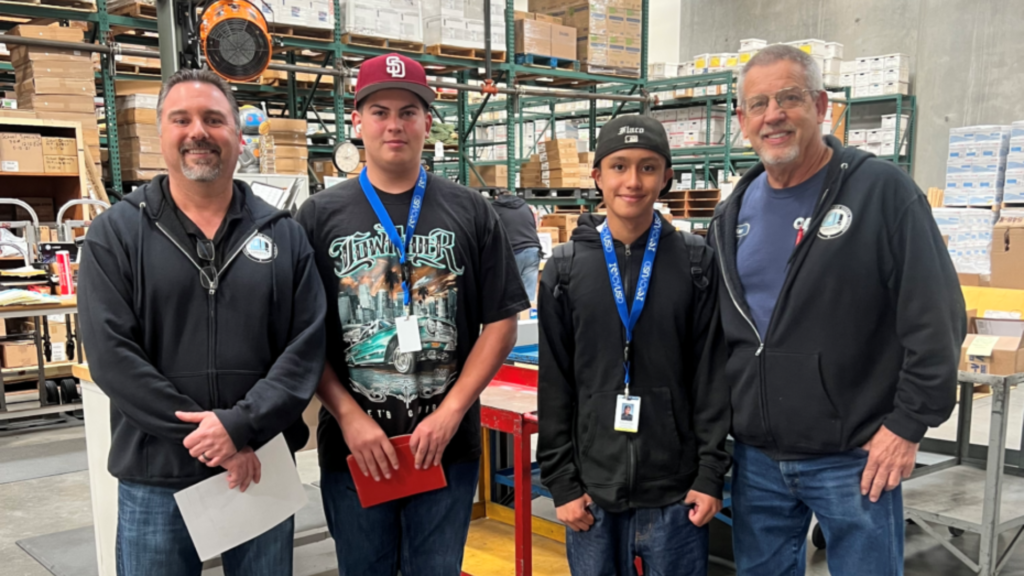
Supporting Students on the Workforce Path
Another component to the high school program is building relationships with mentors from various professions who are connected to the district through parents, community leaders, and advisors. “We start building basically this web, a network of social capital that many of our students don’t have,” explains Cruz-Fallica.
The district has initiatives to help parents support their children find career pathways. One of them is the Launchpad, a library transformed into an information center about careers. Labor research and data for that initiative is shared through a partnership with the San Diego Workforce Partnership.
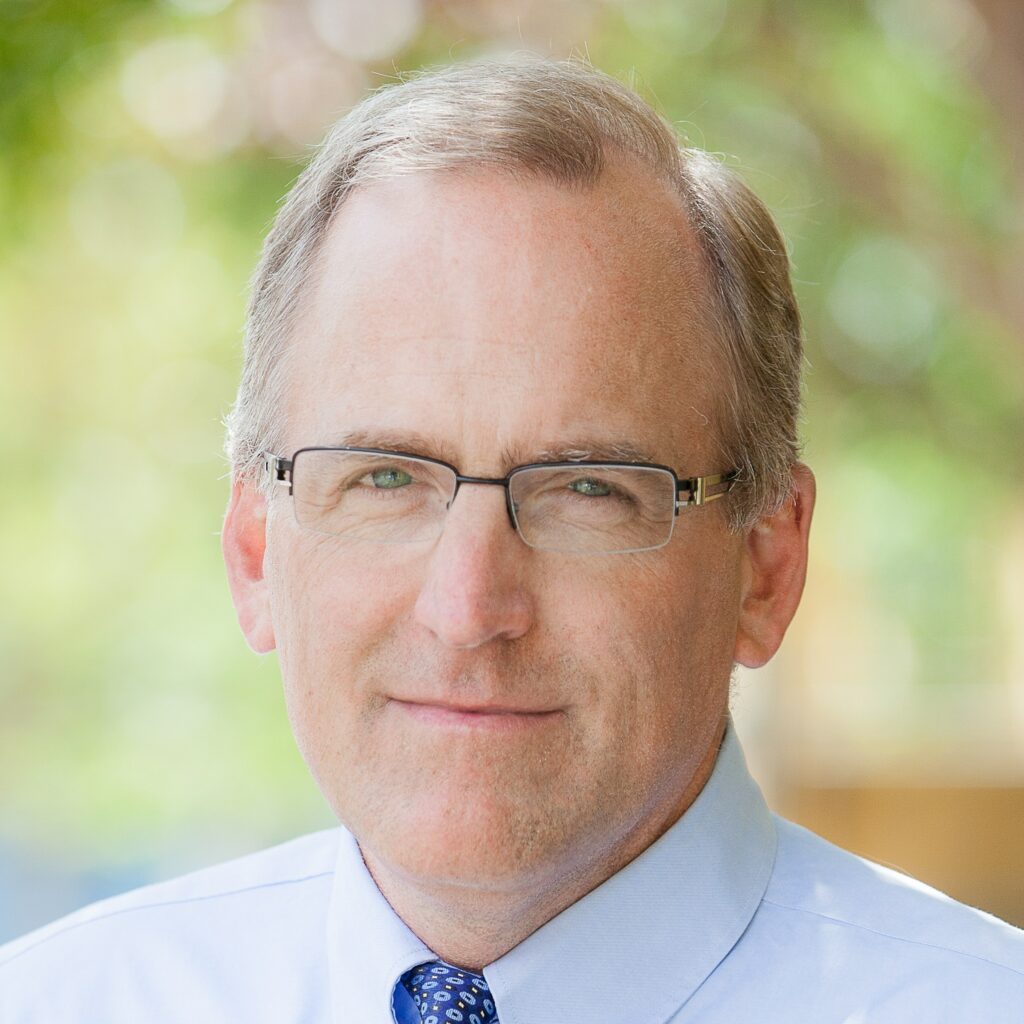
“I’m so passionate about this because I think if we can get in early and help kids find their passion and career pathways, it can really change their future,” says Peter Callstrom, president and CEO of the San Diego Workforce Partnership.
He says the ultimate goal is to one day make his role obsolete. “Wouldn’t that be great if we didn’t need workforce development and having to retrain and upskill? If we can reach people at the right time and tap into their passion, then they can find their way,” says Callstrom.
The district’s Hidalgo echoes Callstrom’s thoughts. “My big picture goal is to help every child find their place. I believe that every child should know they have unique strengths, interests, and values that are needed in the world.”

